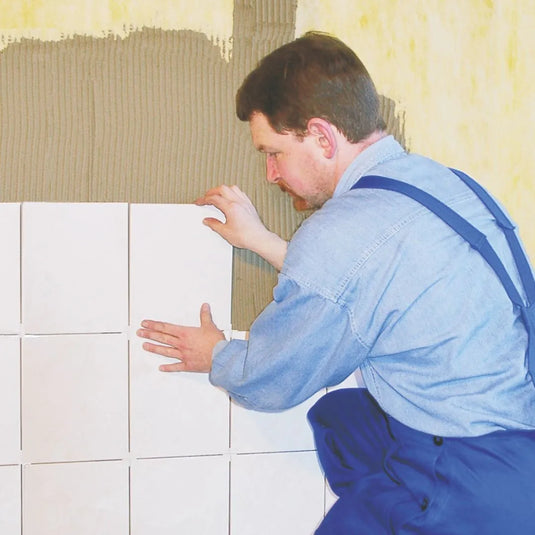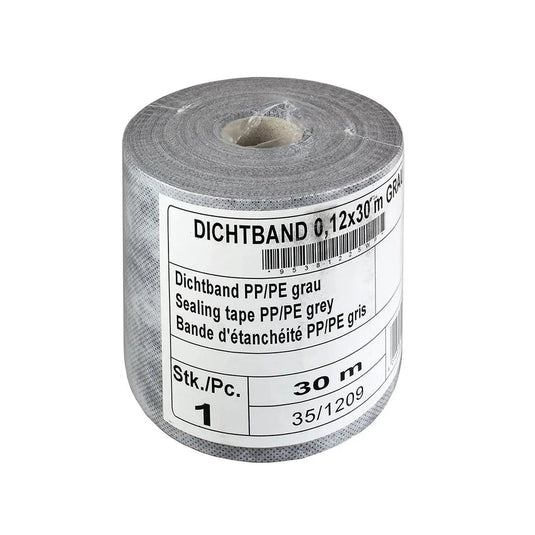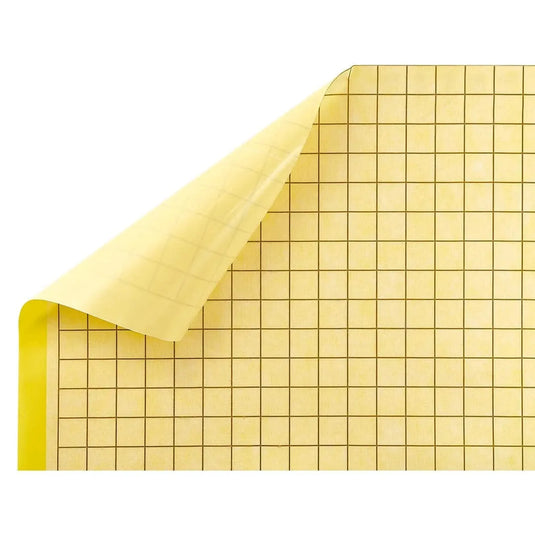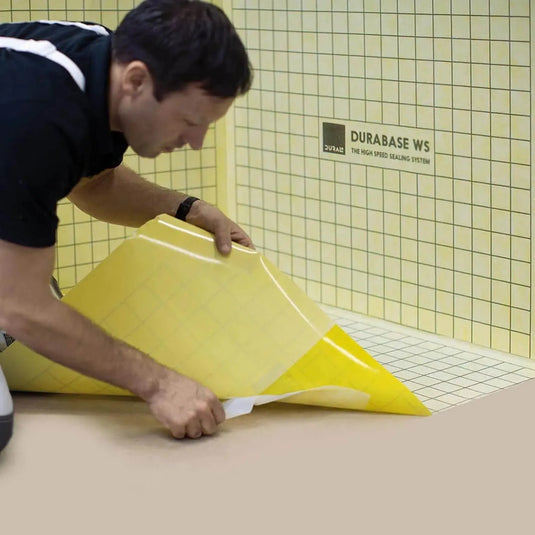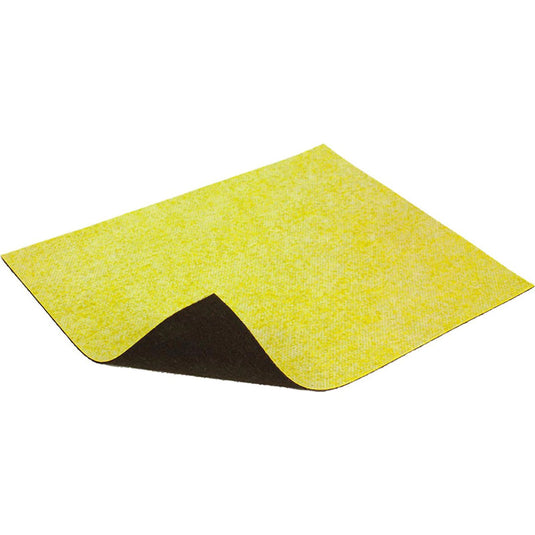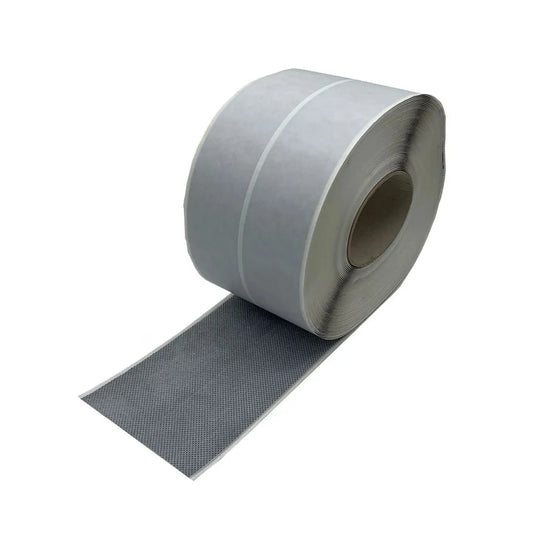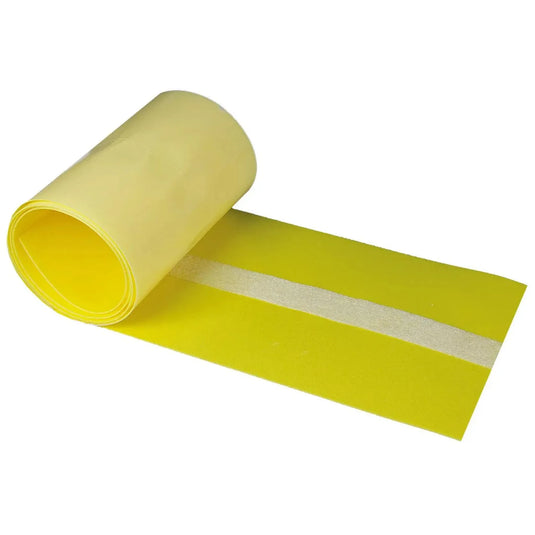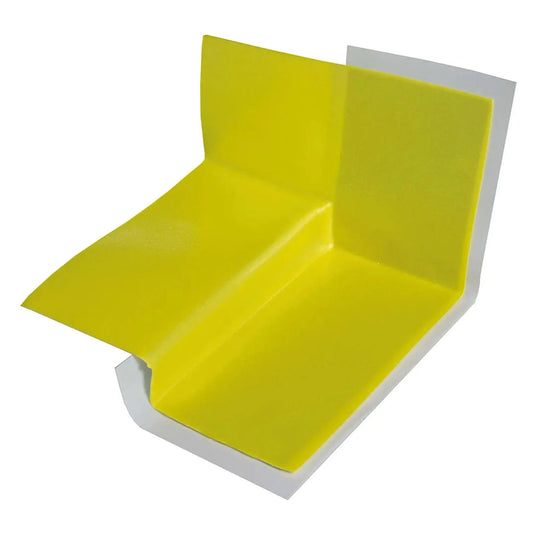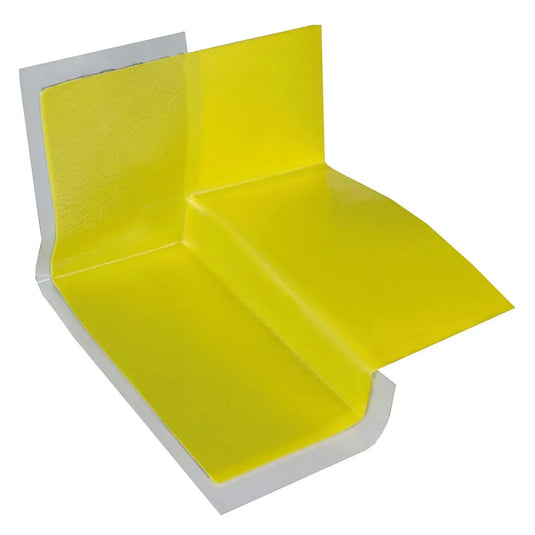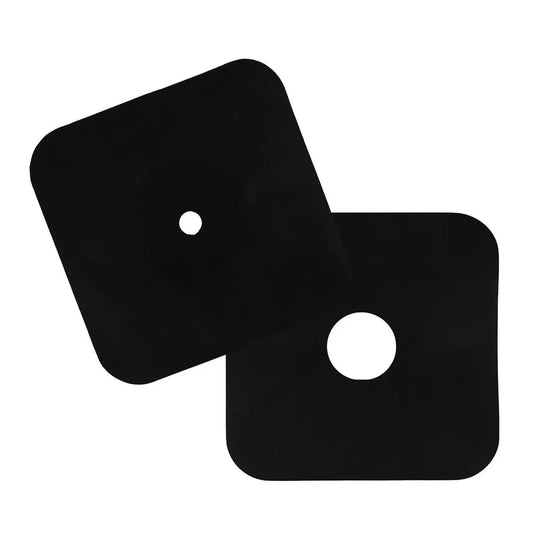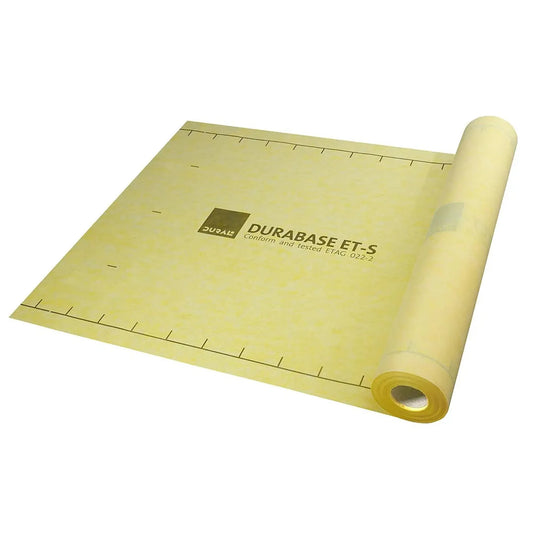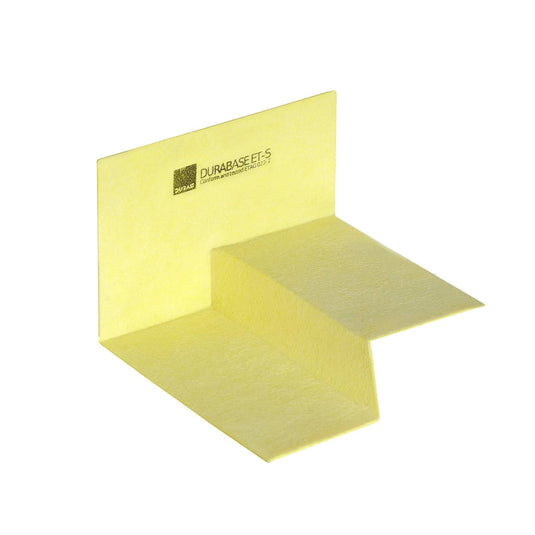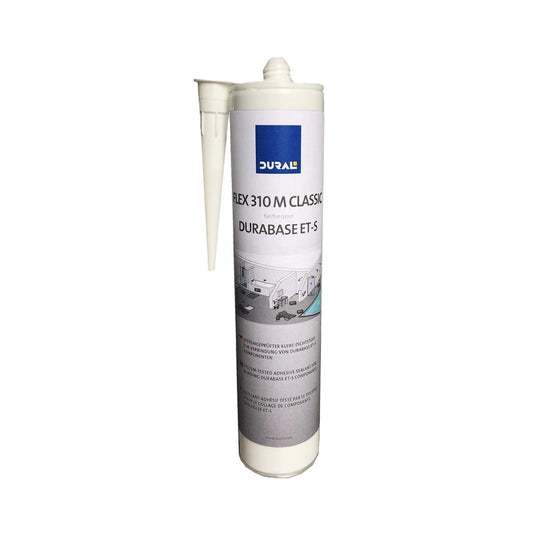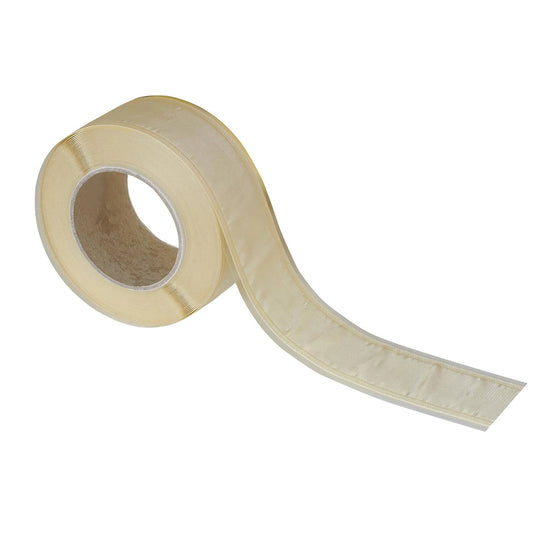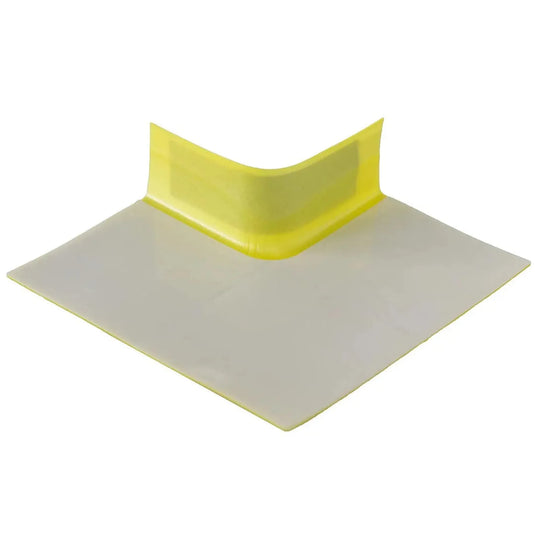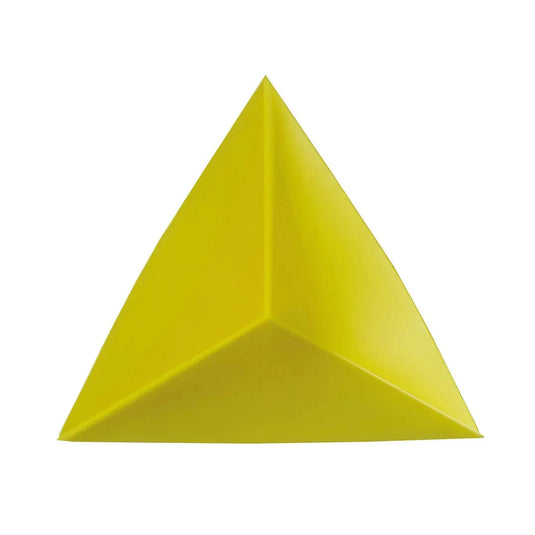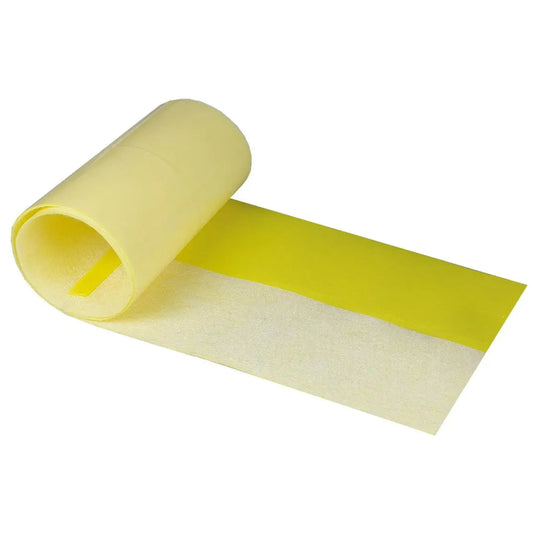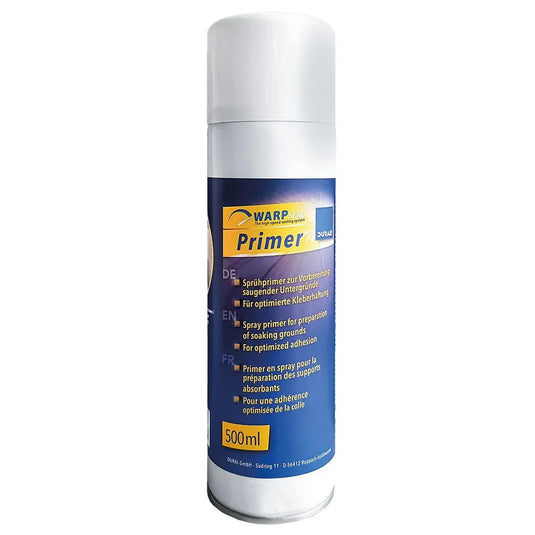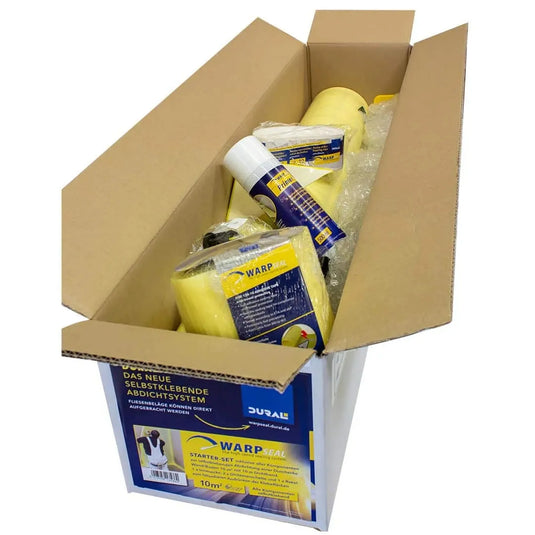The sealing of the bathroom is a critical component in the construction process that is often underestimated. Mistakes in this area can result in long-term damage and high costs. In this blog post, we take a look at the most common mistakes made when waterproofing bathrooms and give you tips on how to avoid them.
The 5 most common mistakes in bathroom waterproofing
- Inadequate preparation of the substrate: The substrate is not thoroughly cleaned or levelled before the waterproofing is applied. Dust, dirt and unevenness can impair the adhesion of the waterproofing materials.
- Lack of waterproofing in critical areas: Not all critical areas, such as corners, connections to sanitary installations and penetrations, are carefully waterproofed. These areas are particularly susceptible to water leaks.
- Insufficient overlap of the waterproofing membranes: The waterproofing membranes are not overlapped sufficiently or are laid incorrectly, leading to leaks.
- Use of the wrong waterproofing material: Not every waterproofing material is suitable for every substrate or area of application. Using the wrong material can result in ineffective waterproofing. Neglecting drying and curing times: The waterproofing materials are not completely dried or cured before further work is started, which can lead to damage.
Would you like more details? No problem, we will go into every point in detail again.

Problem: A carefully prepared substrate is the foundation of any successful waterproofing job in the bathroom. Unfortunately, this step is often underestimated, which can lead to significant problems. Inadequate cleaning and levelling of the substrate are the main culprits here. Dust, dirt and even the smallest unevenness on the surface can significantly impair the adhesion of the waterproofing materials. In addition, grease and oil residues can negatively affect the effectiveness of the waterproofing by weakening the bond between the waterproofing material and the surface. Cracks and holes in the substrate provide potential entry points for water, compromising the integrity of the entire waterproofing measure.
Solution: Careful preparation of the substrate is essential for long-lasting and effective waterproofing of your bathroom. Start by thoroughly cleaning the surface to remove all contaminants such as dust, dirt and grease and oil residues. The type of cleaning depends on the substrate and can range from simple sweeping to the use of special cleaning agents. It is then important to ensure that the substrate is completely dry. Moisture can impair the adhesion of the sealing materials and should therefore be eliminated before starting the sealing work. The next step is to level out any unevenness. Use suitable fillers and levelling compounds to repair cracks and holes and create a flat surface. An even surface is essential for the effective application of waterproofing materials and helps to minimise the risk of water accumulation under the waterproofing. Finally, applying a primer can significantly improve the adhesion of the waterproofing materials to the substrate. This is especially true for absorbent materials such as concrete, where a primer promotes a strong bond between the substrate and the waterproofing.

Problem: Every bathroom has critical areas that are particularly susceptible to water damage. These include corners, connections to sanitary installations such as sinks, toilets and showers, and pipe or cable penetrations. These areas are particularly at risk as they are often located where materials meet or where movement in the building is concentrated. Unfortunately, they are often overlooked or inadequately secured during waterproofing, which can lead to costly water damage later on.
Solution: To effectively protect even the critical areas in your bathroom, it is important to use specially developed sealing elements. Suitable sealing tapes, collars and moulded parts ensure a seamless seal even in complicated areas such as corners, connections to sanitary elements and feed-throughs. Sealing tapes, e.g. the ET-S sealing tape, are flexible and can therefore be easily worked into corners and overlaps. Sealing tapes reinforce these areas and offer additional protection against water ingress. Cuffs, e.g. the ET-S pipe collars, are particularly indispensable for penetrations such as pipes or cables. They enclose the penetration and create a watertight connection between the pipe and the surface to be sealed. Moulded parts, such as the ET-S sealing corners, offer optimum protection for corners and special connections, such as shower trays or bathtubs. They adapt to the geometric characteristics of these areas and thus prevent water from penetrating.

Problem: A common mistake when laying waterproofing membranes in bathrooms is insufficient overlap between the membranes. This mistake can lead to serious problems, as even small leaks can compromise the entire waterproofing system. Water always finds the path of least resistance. If waterproofing membranes do not overlap correctly, weak points are created through which moisture can penetrate and cause considerable damage over time.
Solution: To prevent leaks, it is crucial that sealing membranes, e.g. our shower waterproofing membrane ET-S, are not only laid correctly, but also overlap sufficiently. An overlap of at least 10 cm ensures that there are no gaps between the membranes through which water could penetrate. In addition, the membranes must be aligned correctly so that the overlaps provide effective protection against water flow.

Problem: A critical step in waterproofing a bathroom that is often underestimated is the selection of the appropriate waterproofing material. Different substrates and areas of application place different demands on the waterproofing. A material that adheres excellently to one substrate does not automatically mean that it is equally suitable for another substrate. Using the wrong sealing material can lead to problems ranging from insufficient adhesion to complete sealing failure, which ultimately jeopardises the structure of the bathroom.
Solution: To ensure that your bathroom waterproofing is effective and long-lasting, it is essential to thoroughly examine the substrate. Different materials such as concrete, wood, plasterboard or tiles react differently to waterproofing materials and therefore have specific requirements when it comes to waterproofing. This means that the perfect waterproofing material for concrete is not necessarily the best choice for wooden substrates.
It is equally important to assess the moisture load in the bathroom. Areas that are regularly exposed to high levels of moisture, such as showers and bathtubs, require more robust waterproofing solutions than other areas of the bathroom that are less exposed to moisture. Pay particular attention to the suitability of the material for different substrates and areas of application, as well as specific properties such as flexibility, water vapour permeability and chemical resistance. In addition, the manufacturer's recommendations are very important. They are based on extensive testing and experience and provide reliable guidance on the performance and suitability of the material for specific applications.
Conclusion: Avoid common waterproofing mistakes in the bathroom
Sealing a bathroom is not a minor detail, but an essential step for ensuring the long-term integrity of the building fabric and quality of living. Avoiding typical mistakes such as inadequate substrate preparation, incorrect choice of materials or poor sealing of critical areas protects you from long-term damage and unnecessary costs. With the right planning, high-quality products such as sealing tapes, sealing collars or sealing corners, and attention to the manufacturer's instructions, you can waterproof your bathroom professionally and in accordance with standards – for lasting protection and safety in everyday life.
